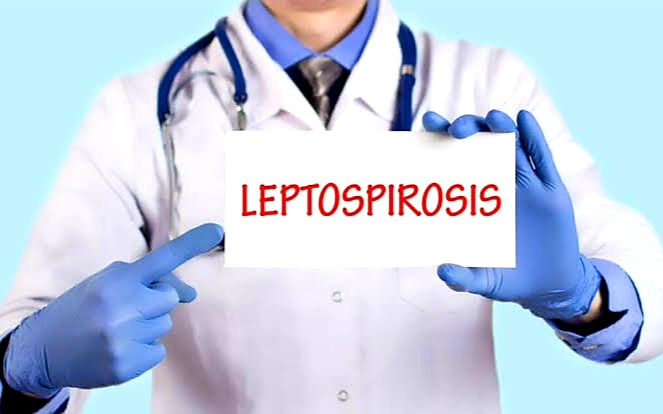Leptospirosis hazard in India – Cases of natural leptospirosis, a deadly disease caused by exposure to rat urine, are on the rise in the US. This mysterious disease, known by numerous names, Weil’s disease, spreads slowly throughout the country and is often ignored. A health alert issued by the New York City Department of Health and Mental Hygiene described the disease as” a zoonotic disease that’s current globally and is caused by several species of spirochete bacteria of the genus Leptospira.” But what exactly is this situation, and why should the Indian population be so concerned about it? Here are all the details you need to know about leptospirosis, its causes, effects and preventative approaches.
What’s the disease? :- Leptospirosis is no stranger to the world; It’s one of the most usual zoonotic infections globally. The spirochete bacterium behind this disease is Leptospirosis, which is substantially spread through the urine of infected creatures. The range of carriers is huge, from farm creatures like cattle and pigs and indeed rats to wild creatures like raccoons and porcupines. The urine of infected creatures contains the germs, which can survive for weeks in a warm, sticky atmosphere. The incubation period commonly lasts 5 to 14 days, ranging from 2 to 30 days. It’s spread through contact with infected urine – defiled food, drinks, soil and other materials, as well as through open wounds and mucous membranes. Patients generally contract the disease through direct contact with rat urine or through defiled soil, food, drinks, etc. at home or work.
India’s fight against leptospirosis :- Struggling with significant mortality and morbidity rates, India stands out as a hotspot for leptospirosis. Leptospirosis outbreaks are progressively being recorded in coastal areas like Kerala, Gujarat, Tamil Nadu, Maharashtra and Karnataka. Despite its wide presence, awareness of the disease is low, which is further compounded by inadequate individual facilities in numerous areas. Agrarian activities similar as paddy culture, as well as businesses involving underground sewers, or indeed homes that are constantly attacked by creatures similar as rats, serve as common pathways for exposure.
What are its signs and symptoms? :- The spread of leptospirosis depends on a variety of factors, including contact with polluted water, soil, or food defiled with the urine of infected creatures. The bacteria can survive for long times outside the host, hiding in surroundings where humans intentionally come into contact. Symptoms of leptospirosis manifest differently, ranging from fever and muscle aches to antipathy and gastrointestinal complications. still, the artifice of these symptoms frequently leads to misdiagnosis or indeed cases being ignored by doctors, allowing the complaint to spread rapidly. Also keep in mind that this is a rapidly progressive disease that can start as antipathy and can soon become fatal, so immediate care and action is demanded.
Strategies for disease prevention – While the threat of leptospirosis is great, preventative measures provide a guard against its attack. It’s important to avoid contact with potentially defiled water bodies and wear defensive clothing in high- threat surroundings. Keep your homes as free from rats as possible. Public awareness movements play an important job in educating communities about the risks associated with leptospirosis and promoting early discovery and treatment. Keep all your implements clean and wash them twice before using. It was also advised to throw away empty drums or beer bottles as these could also be a breeding ground for creatures.




















+ There are no comments
Add yours